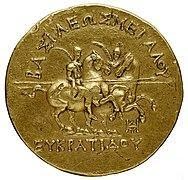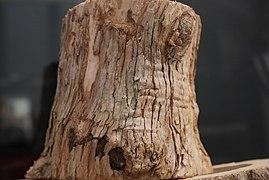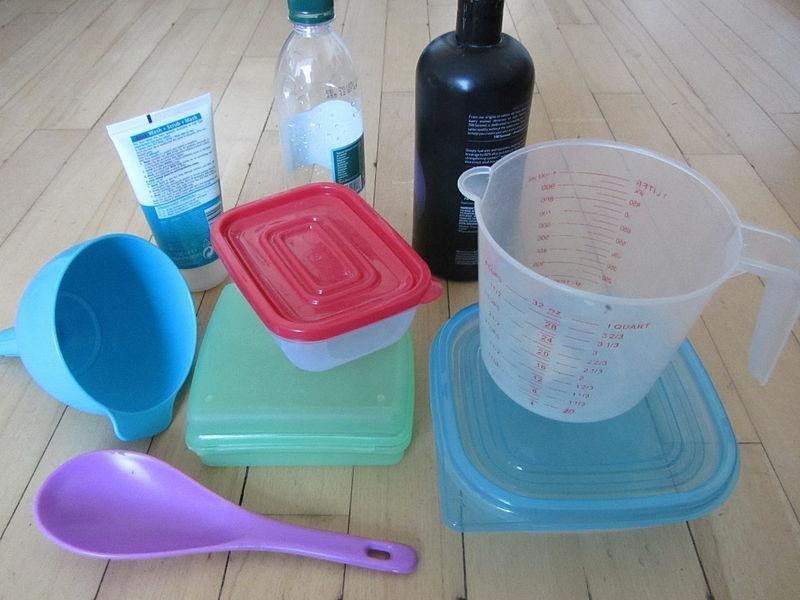Conductors And Insulators - Definition, Examples, Properties, FAQs
Define Conductors and Insulators
Physical qualities such as malleability, phase, texture, colour, polarity, solubility, and others let us distinguish the components around us. However, as we all know, another major classification of elements is based on their electric charge conductivity, i.e. conductors and insulators.
If we make a simple experiment with a battery and a small LED bulb, we will find that the bulb does not light up when the electric circuit between the battery and the bulb is completed by plastic or cotton thread. When the same experiment is repeated with a metallic wire, such as copper, the bulb begins to glow. This means that some elements allow charge to be transferred from the battery to the bulbs while others do not. The electrical conductivity examples of such components are used to classify them. In this detailed post, we will learn more about conductors and insulators.
What are Conductors?
Conductor definition physics: An electrical conductor is described as a material that allows electricity to flow freely through it. Conductivity is the property of conductors that allows them to conduct electricity.
The electric current is the flow of electrons in a conductor. Voltage is the force required to make that current flow through the conductor.


Examples of Conductors-
Graphite, the human body, and the earth are all excellent electrical conductors. Metals such as the following are examples of common conductors:
- Copper
- Gold
- Iron
What are the applications of conductors?
Conductors are quite handy in some situations. They can be used in a variety of situations. As an example,
- Mercury is a frequent ingredient in thermometers used to assess a person's temperature.
- Aluminium is used in the production of food-preserving foils. Because it is a good conductor of electricity and heat, it is also employed in cooking vessels.
- In the manufacture of vehicle engines, iron is a typical material used to transmit heat. To quickly absorb heat, the iron plate is made of steel.
Also read -
- NCERT Solutions for Class 11 Physics
- NCERT Solutions for Class 12 Physics
- NCERT Solutions for All Subjects
Definition of Insulators:-
Insulator definition and Insulation meaning: A substance that doesn't conduct electricity well is an example of an insulator. A material or an object that does not easily allow heat, electricity, light, or sound to pass through it. Air, cloth and rubber are good electrical insulators; feathers and wool make good thermal insulators


Insulator Examples
The following are some examples of common insulators:
- Plastic
- Wood
- Glass
Application of Insulators-
- Glass is the most effective insulator since it has the highest resistance.
- Plastic is an excellent insulator and is used to make a wide range of items.
- Rubber is a common material used to make tyres, fire-resistant apparel, and footwear. This is due to the fact that it is an insulator.
|
Related Topics, |
Definition of Electric Conductors
Electrical conductors, in their most basic description, are materials that allow electricity to flow freely through them. When we compare two types of materials, the first one is said to be a strong conductor of electricity because it allows electricity to move through it more easily.
The following are some examples of electrical conductors:
- Copper
- Aluminium
- Silver
- Gold
- Graphite
- Platinum
- Water
Electrical charges are easily passed through an electric conductor. Conductivity refers to a conductor's ability to "conduct" electricity. These materials provide less "barrier" to the movement of charges. Conducting materials facilitate charge transfer by allowing electrons to freely travel through them.
What are the properties of conductors and insulators?
A conductor has the following features when it is in equilibrium:
- A conductor allows electrons and ions to travel freely within them.
- The electrical field of a conductor is zero, allowing electrons to travel through it.
- The charge density of a conductor is zero.
- Only on the conductor's surface do free charges exist.
- Both ends of a conductor have the same potential.
Many metals are excellent electrical conductors. The plastic covering that covers an electrical conductor is known as an insulator. This keeps us from getting electrocuted.
NCERT Physics Notes :
Difference between Conductor and Insulator-
|
Sl. No.
|
CONDUCTORS
|
INSULATORS
|
| 1. | A conductor is a material that permits current to flow freely through it. | An insulator prevents current from flowing through it. |
| 2. | A conductor's thermal conductivity (heat allowance) is extremely high. | Insulators have an extremely low thermal conductivity. |
| 3. | A conductor's resistance is extremely low. | Insulator resistance is really high. |
| 4. | Conductors include copper, aluminium, and mercury. | Insulators include wood, paper, and ceramic. |
| 5. | Electrical equipment is made with conductors. | Electrical equipment is insulated with insulators for safety reasons. |
Also, check-
Frequently Asked Questions (FAQs)
Conductors: Copper, aluminium, iron, silver.
Insulators: Rubber, wood, plastic, glass.
An insulator is a material that does not allow electric current to pass through it easily, e.g., rubber or plastic.
The most conductive element is silver.
A conductor's resistivity is determined by
The conductor's temperature
2. The conductor's material